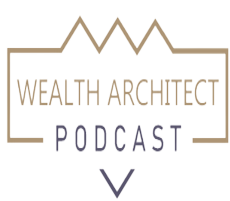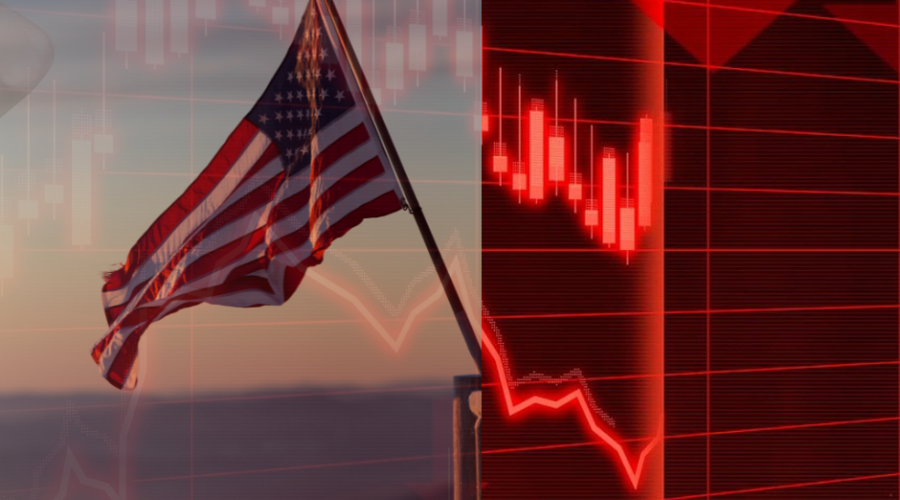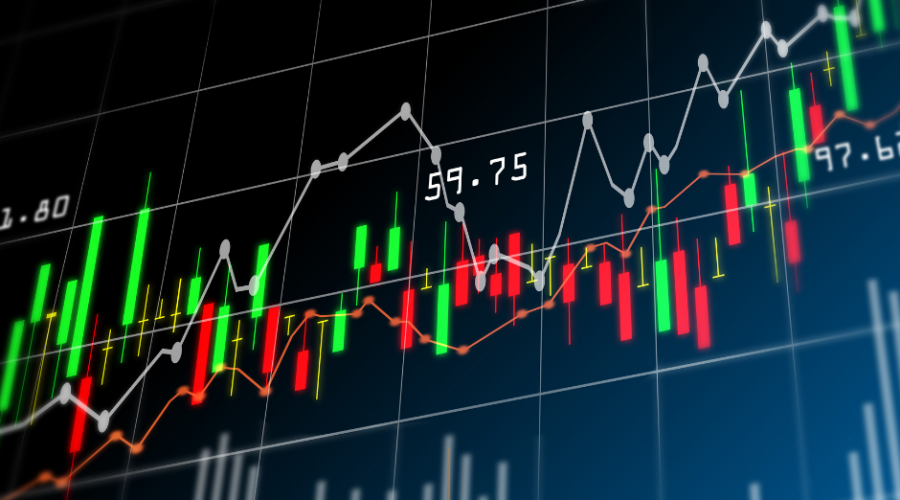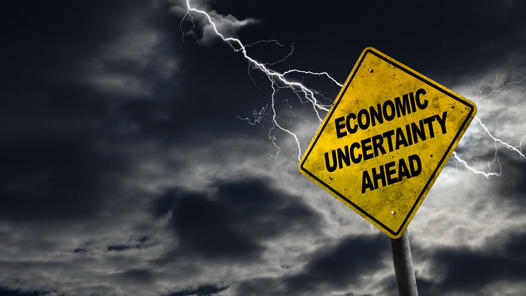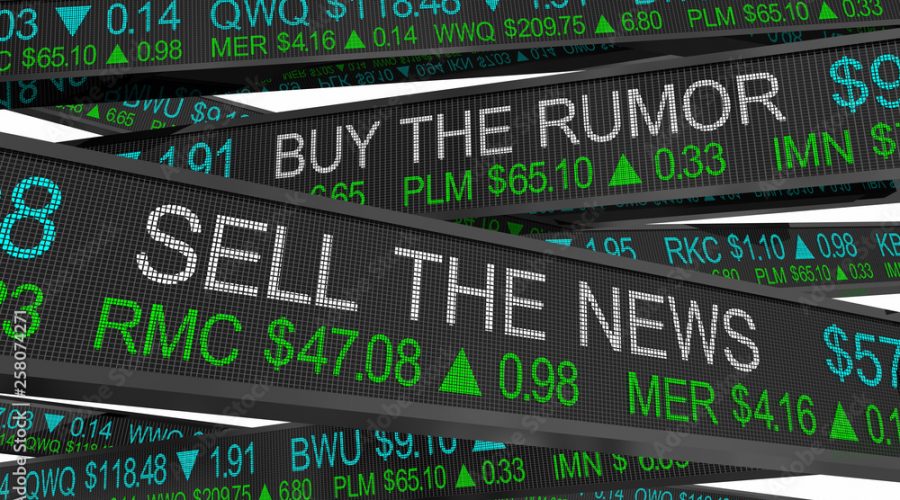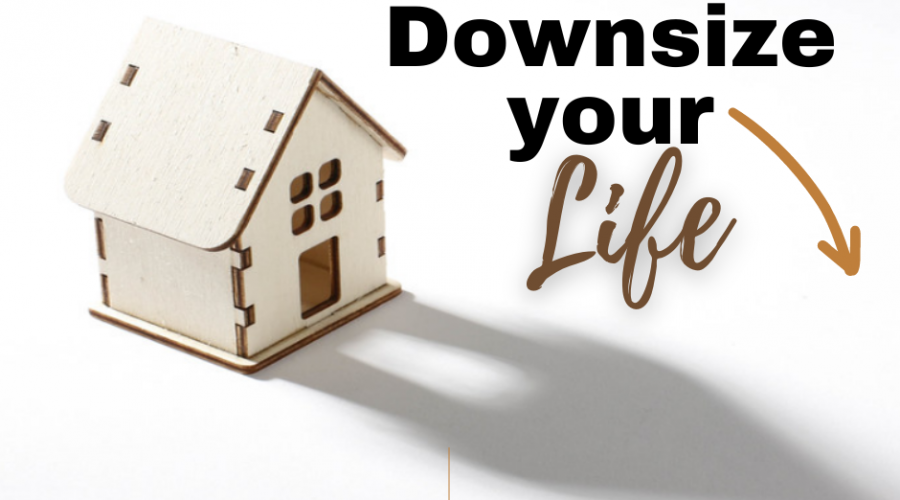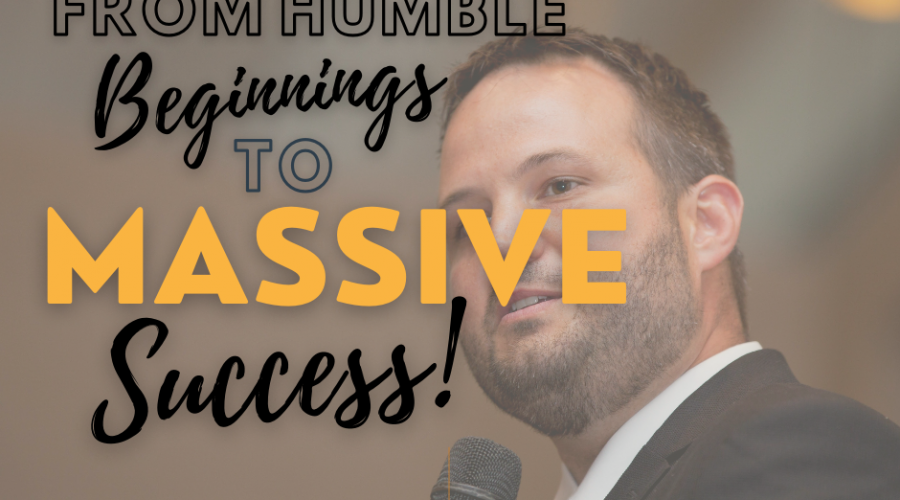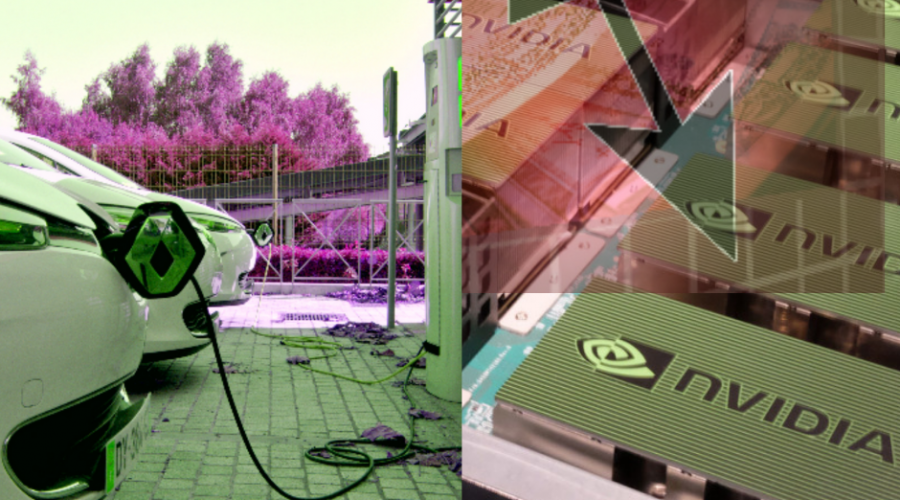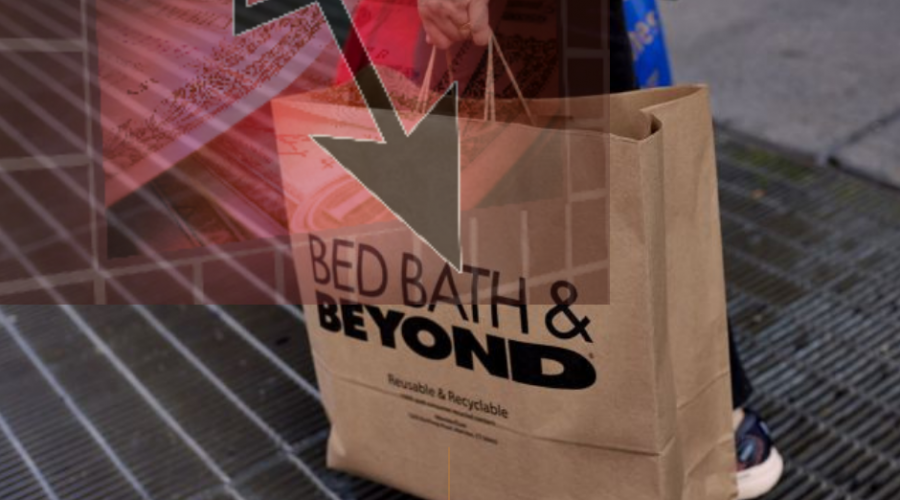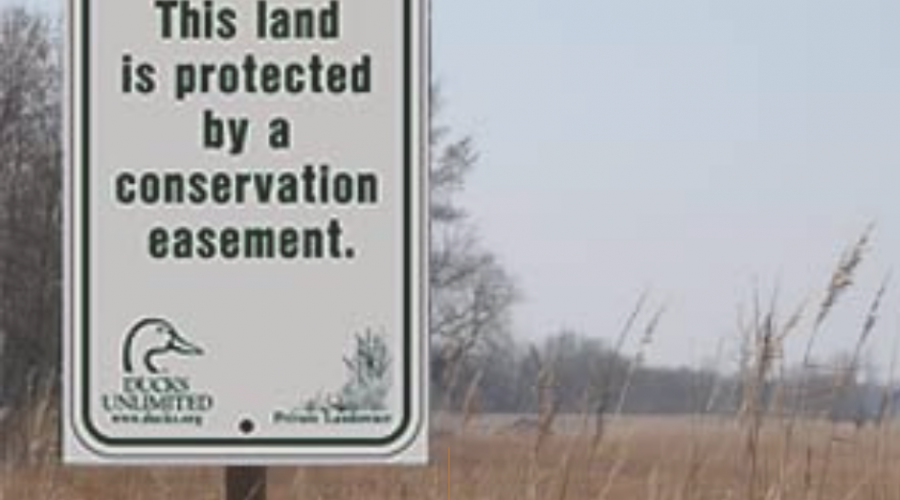The Jobs Report was GREAT – and that’s BAD
I just want to give you a quick update on what’s going on in the market today we had our jobs report. And in this market, good news is bad news. And bad news is good news. So, you can’t really figure out what’s going on except I’m going to try to explain what’s going on. So, the market reported the unemployment was three and a half percent, it’s pretty good. Everybody was expecting worse, it came in better. If the Fed sees that unemployment is still good, they’re going to keep raising rates. So, the market is like “Ha, they’re going to raise rates, that’s bad for the market. That’s bad for housing.” And that raises the rates of mortgages and debt instruments of finance businesses and throws us into a recession. So that’s bad for the market, right, do you get it?
So, good stuff for the economy. And unemployment is bad for the stock market. So that’s what’s going on right now. And so, you’re seeing a big plummet, by the end of Friday. Right now, we’re seeing a big plummet in the stock market. Why? Because they think that the Fed is going to continue to raise rates aggressively. And that’s really bad for the market.
Now, the Fed has a history of doing a really lousy job of raising rates, they raise them too much, you saw that they lowered them too much for too long. That’s why we’re in this inflationary funk that we’re in right now. So, the Fed is never good at doing what they’re supposed to do, we might as well just get rid of the Fed, they suck, right? Having the Fed, all it does is it exacerbates problems on both sides of the pendulum. And so, we need to get rid of the Fed. But that’s beyond the scope of this. What we need to understand is that bad news is good news right now, and that’s continuing to happen in this market. So be careful, protect yourself because the Fed is not going to make it easy for you going forward.
- By Heather MacKay
- In Blog
- 0 comments
